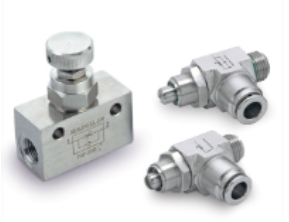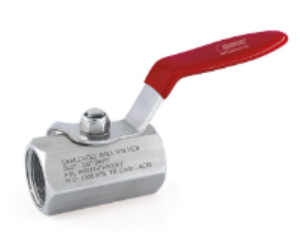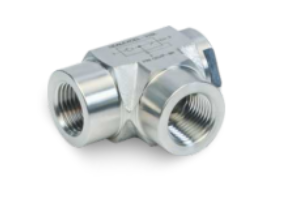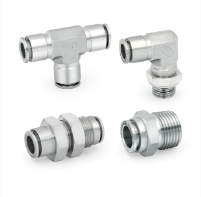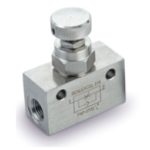
Pneumatic Flow Control Valve Operations: Mastering a Comprehensive Guide
December 14, 2023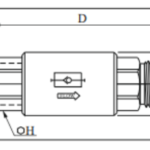
Quick Exhaust Valve: Common Troubleshooting Problems and Solutions
February 24, 2024Selecting the appropriate Control Valve is similar to navigating a maze while wearing a blindfold. Even seasoned engineers may become lost in the confusion of the numerous varieties and seemingly endless specifications. Fear not, brave warriors of the flow! This thorough tutorial will make you a control valve selection expert by revealing the important elements to take into account.
First things first: Why do control valves matter so much? Consider a conductor of a symphony orchestra who lacks exact control over every instrument. Without the appropriate valve, your process devolves into that. The maestros of the industrial orchestra that control flow, pressure, and temperature guarantee flawless operation and maximum efficiency.
Now for the big event: the things to think about while choosing a control valve. Remember that there isn’t a solution that works for everyone. Consider each valve choice as a puzzle to be solved:
- Know Your Flow: First, there is the fluid itself. Is it a rush of hot steel, or is it a gentle flow of water? The type of fluid (water, gas, slurry, etc.) has a big influence on what you decide.
- Viscosity: Different valves are needed for thick, honey-like fluids than for easily flowing water. Ball valves like lower density levels, but globe valves perform better at higher ones.
- Corrosiveness:Imagine your valve being attempted to dissolve by sulfuric acid! When selecting materials for extreme environments, such as stainless steel or exotic alloys, it is important to understand the chemical properties of your fluid.
- Particle content: dust or sand in your liquid? Globe valves provide superior protection against internal wear, whereas diaphragm valves offer good control for clean liquid.
- Feel the pressure (and temperature): Building a sandcastle during a cyclone is equal to ignoring these crucial elements.
- Pressure range: Will the pressure on your Control Valve change or stay the same? To prevent leaks or bursts, select valves rated for the highest possible pressure.
- Temperature extremes: Is your valve suitable for cold weather or flaming heat waves? Choose designs and materials that will work well within the anticipated temperature range.
- Control Cravings: Do you crave a gentle whisper or a powerful roar?
- Desired controllability: Need to turn something on or off or precisely adjust the flow? Butterfly valves only have basic on/off operation, whereas globe valves allow for fine control.
- Rangeability: How much of a flow range must you regulate? Select valves that have enough range to accommodate the necessary fluctuations in flow.
- Size Matters (But Not Always How You Think): Keep in mind the significance of using the right valve size. A massive valve wastes energy and becomes uncontrollable, while an undersized one chokes the flow. Think about:
- Flow rate: Verify that the valve can manage the anticipated flow volume without producing cavitation, or tiny bubbles that cause harm.
- Valve sizing calculations: For precise size, depending on the specifications of your application, refer to manufacturer guidelines or employ specialized software.
- Act with confidence: What kind of marching instructions will your Control Valve receive?
- Actuation type: Actuators that are electric, pneumatic, or hydraulic activate the valve. Make your decision depending on the required response time, control complexity, and power sources that are available.
- Automation compatibility: Will a larger control system be integrated with your valve? To ensure a smooth connection, make sure it is compatible with your automation protocols.
Bonus Pro Tip: Avoid going it alone! For professional advice, speak with valve manufacturers, application engineers, and internet resources. Understand that choosing the appropriate valve can reduce costs, save time, and potentially eliminate safety risks.

